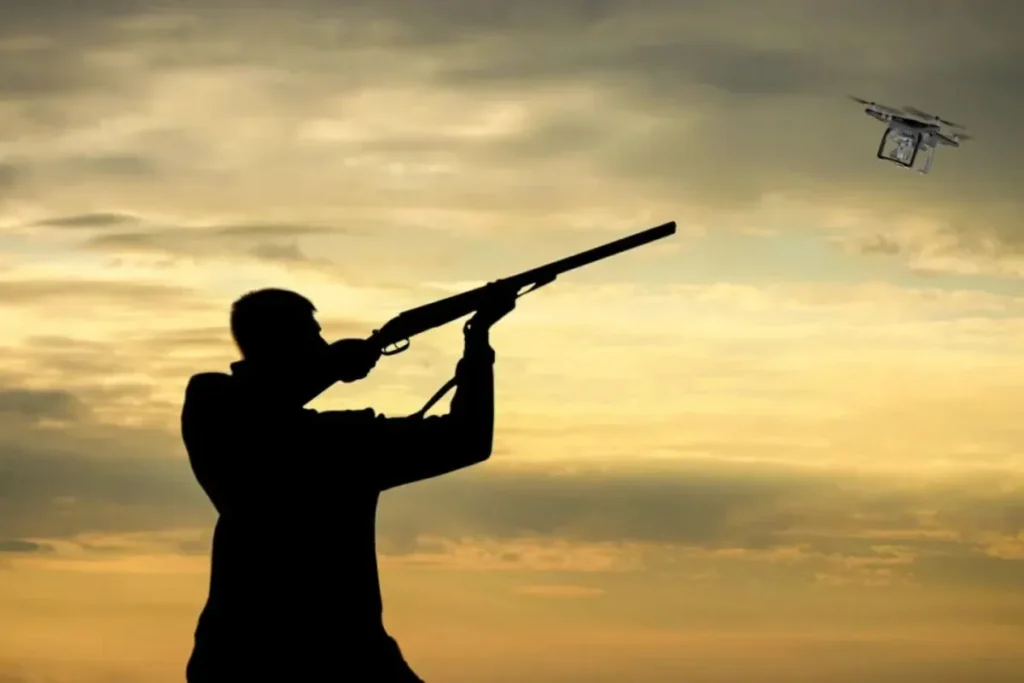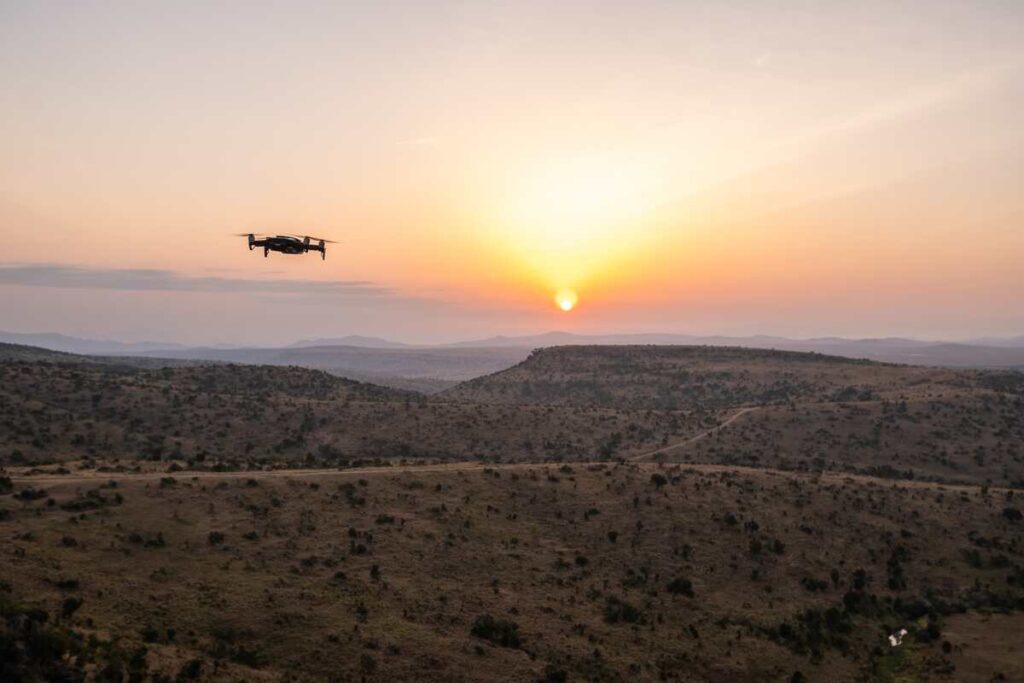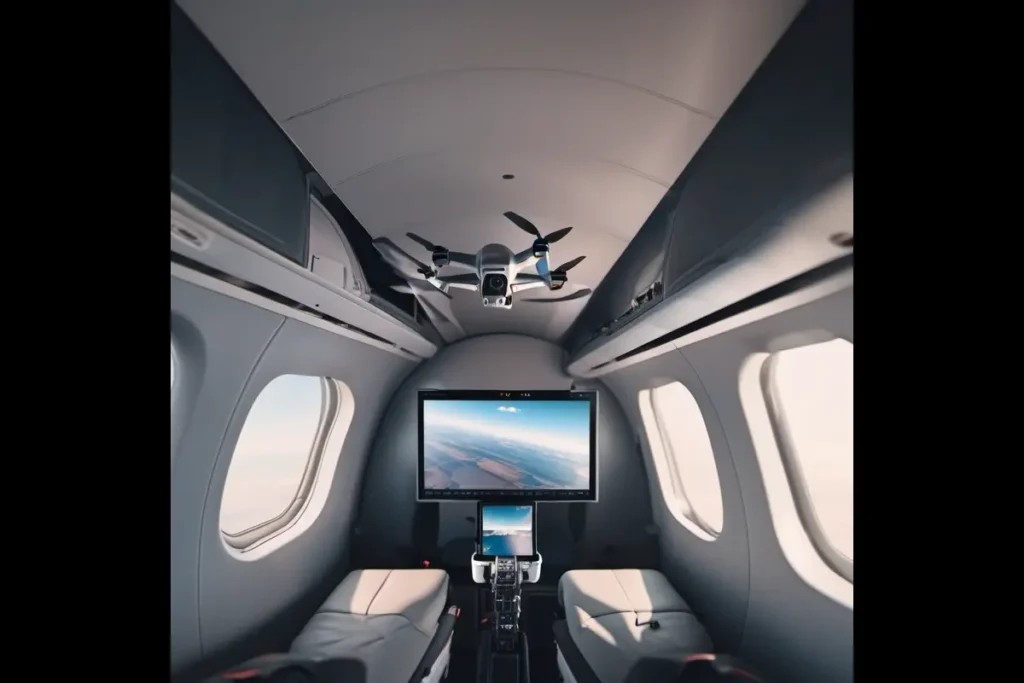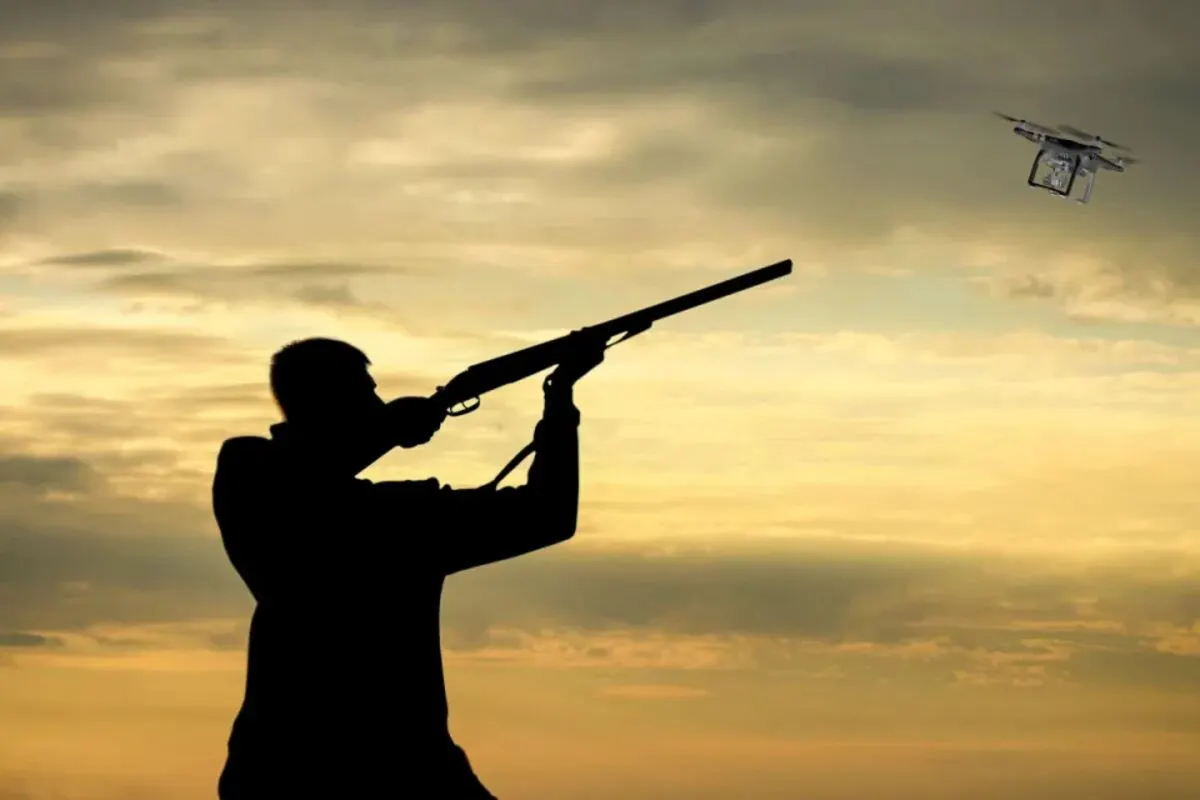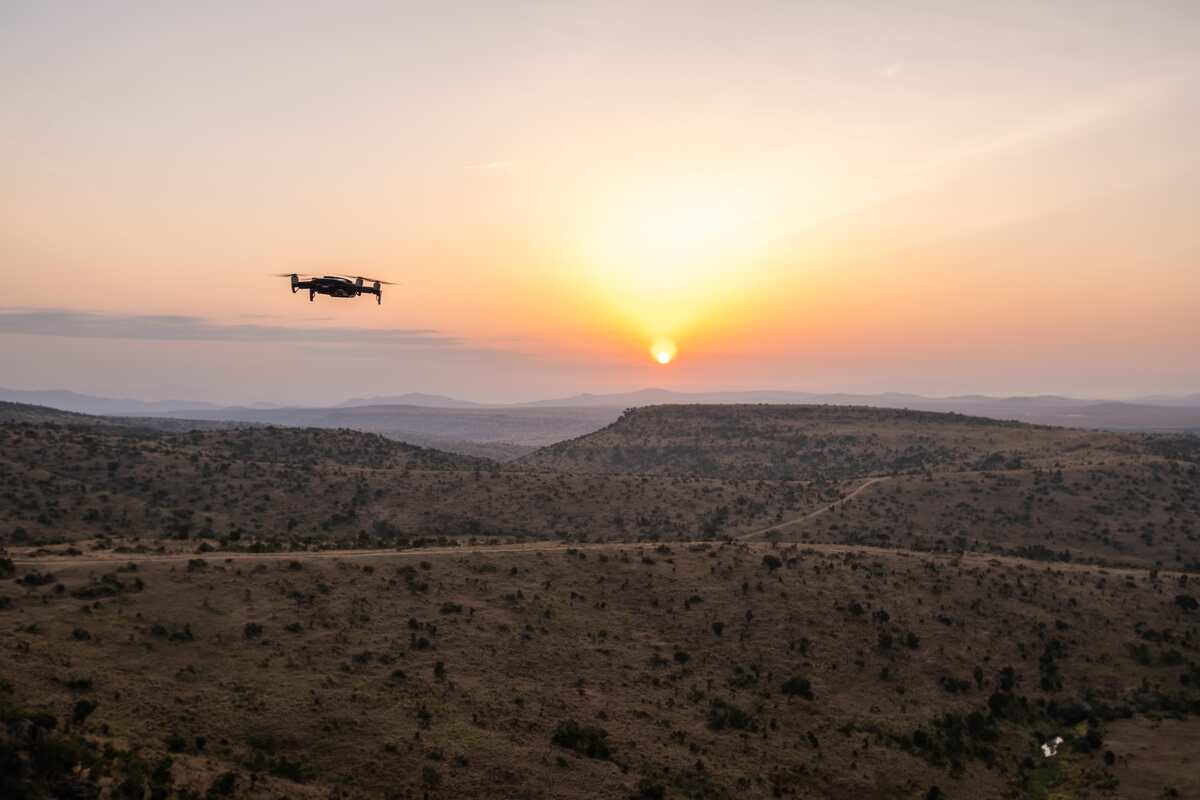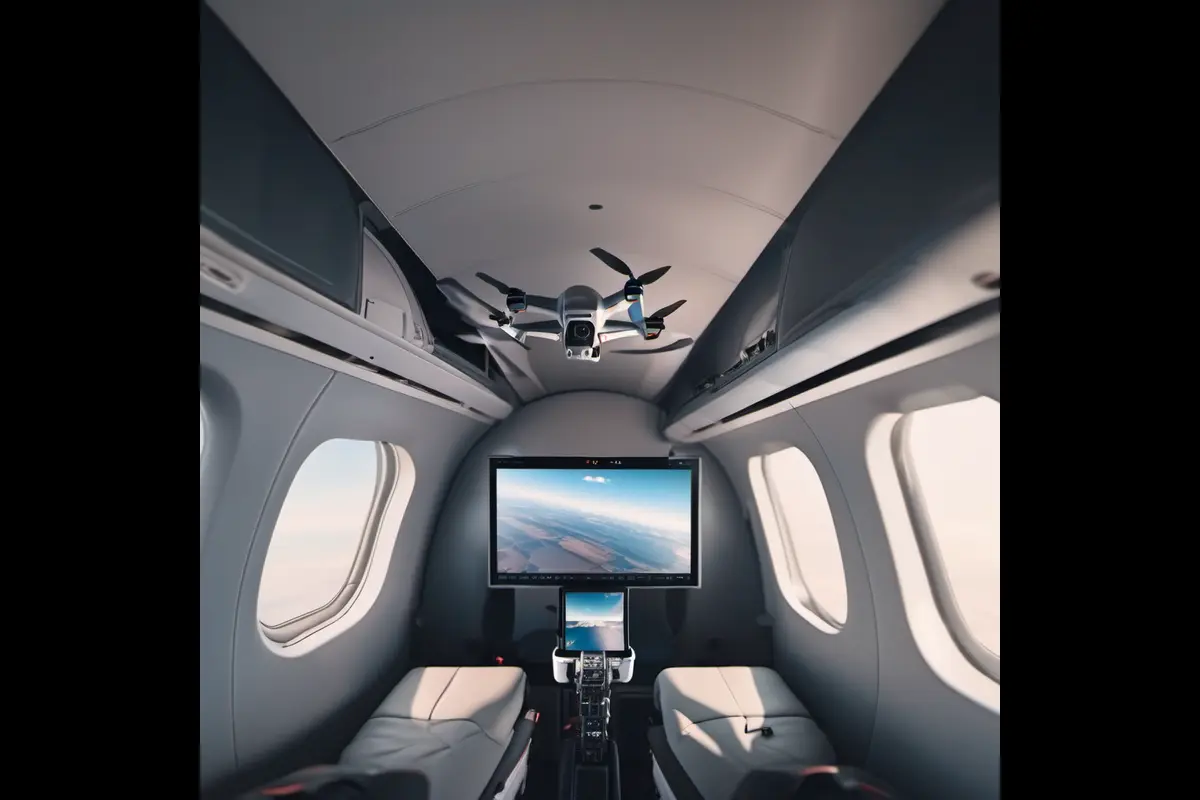What does Level 5 Wind Resistance mean for Drones?
All About Level 5 Wind Resistance in Drones
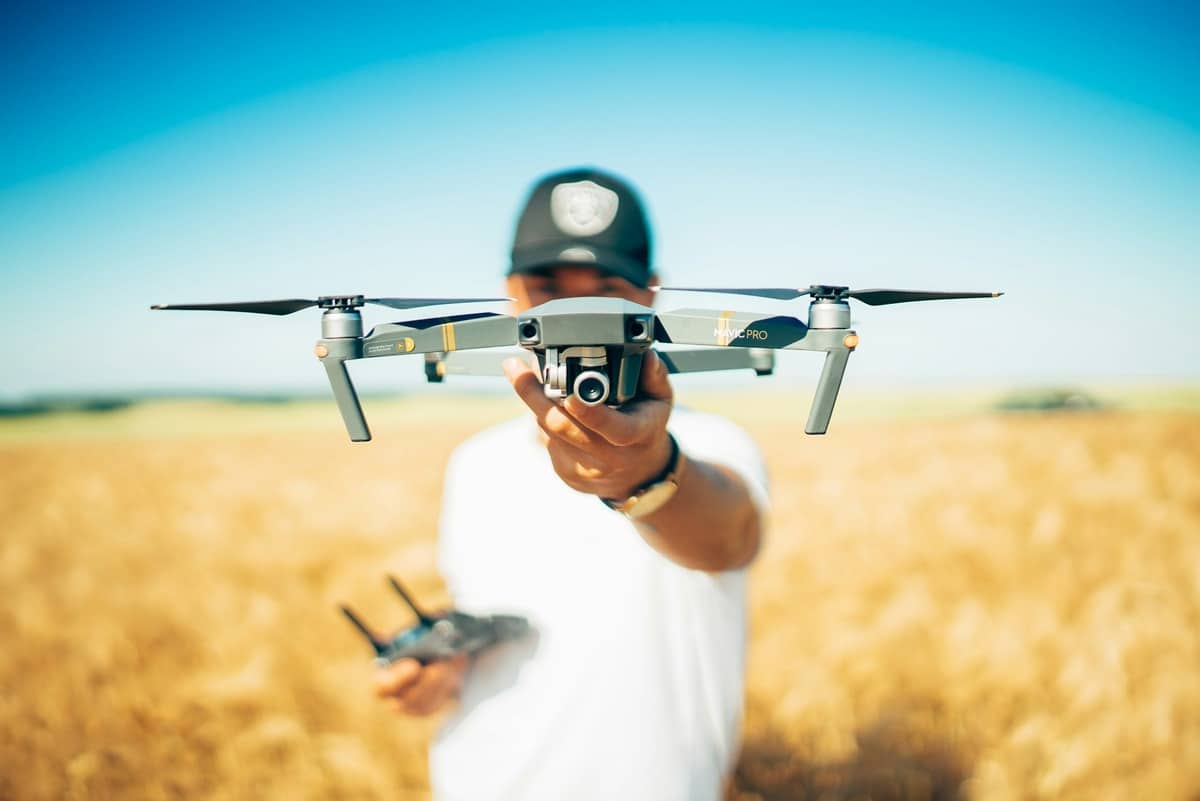
Drones, who does not love them? These human-made marvels have soared into our skies, changing the way we view the world – both literally and figuratively. Folks around the world utilize these drones to capture some of the most majestic sights they can ever get a glimpse of.
But just like any piece of technology, drones have their own set of challenges. And among them, one of the most significant ones they face is navigating through windy conditions.
Ask any drone expert, and they will tell you how important understanding the windy condition, especially wind resistance, is for any drone aficionados. This article will help with just that.
What is Wind Resistance?
Wind resistance, as mentioned earlier, is one of the biggest challenges that any aerial object would face. But what exactly is wind resistance – let’s define it.
Wind Resistance, in the simplest terms, is the oppositional force that is exerted by air against objects moving through it, hindering their forward motion. In the realm of drones, wind resistance refers to the drone’s ability to stay stable and functional amid windy conditions.
Wind Resistance in drones ranges between 0 to 12, signifying the maximum wind speed drones can tackle. A calm, windless day falls under Level 0, while the destructive force that could harm even solid building structures is classified as Level 12.
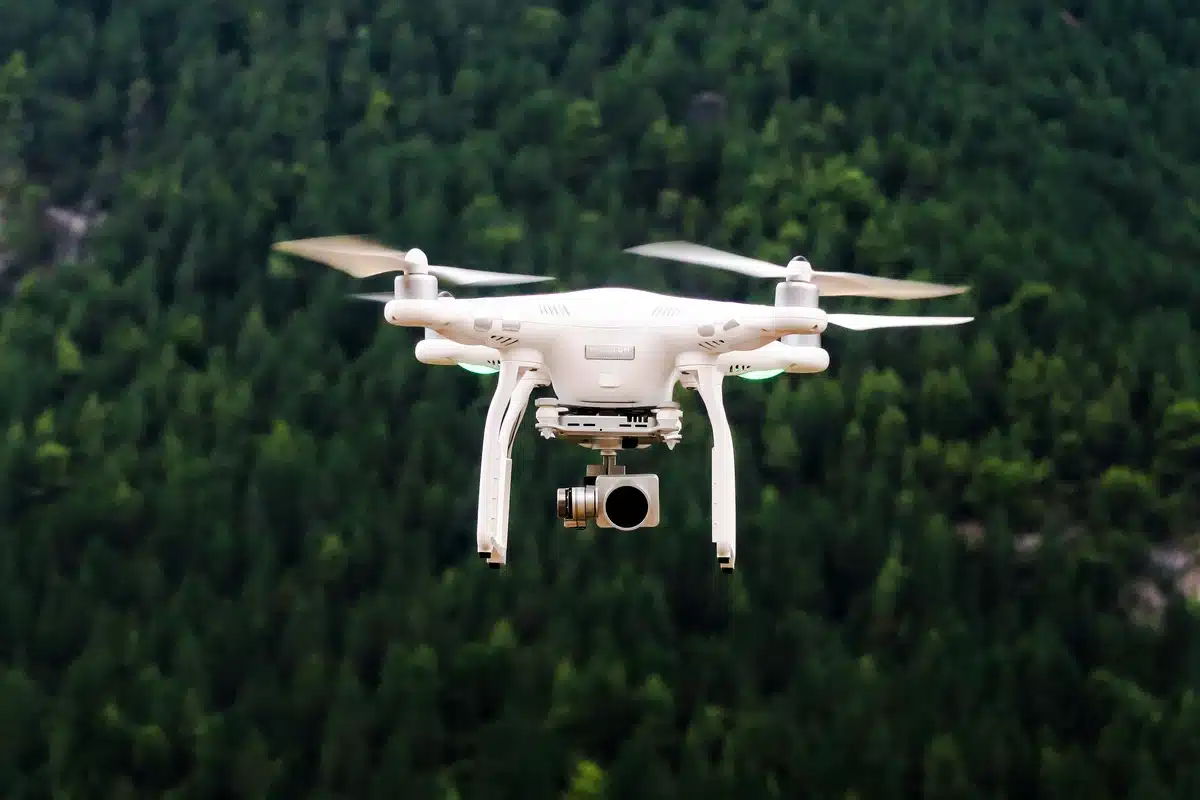
Image Credit: Unsplash
What is Level 5 Wind Resistance?
Now, let’s turn our focus back to the topic at hand and find out what it actually means.
Many of the drones that are available for commercial use are categorized to operate safely under a level 5 Wind Resistance. It means they can perform optimally, without any issue, when facing wind speeds up to 24 mph. The user can operate the drone as they see fit without any disturbances in such conditions.
Just because a drone is rated Level 5 Wind Resistance does not mean everything will be smooth sailing. Novices are advised to be extra cautious when operating drones in these conditions.
- Always Know Your Limit. It is always better to operate the drone well below its maximum wind resistance.
- Keep the drone in sight, always. Strong winds can easily carry the drone away, especially if the user is not very familiar with its controls.
- Better to start with open spaces. Avoid areas with many obstacles like trees and buildings.
- Familiarize yourself with safety features – it can prove to be a lifesaver. Understand your drone’s return-to-home and emergency landing functions.
- Have one eye on your battery, as windy conditions can cause faster battery depletion.
Frequently Asked Questions(FAQs)
Technically, you can do so, but if you are a beginner to drone flying, it would be best not to operate your drone in such conditions. Even experts need to be extra cautious in such conditions.
You can easily check your smartphone’s weather app for the latest information about the current wind speeds in your area. Additionally, you can easily get your hands on handheld anemometers that are available in the market.
With higher wind speeds, the drone would need more energy to stabilize itself and maintain its position. This results in faster battery depletion.
DJI Mini 2 can resist winds up to 24 mph. It is rated at Level 5 Wind Resistance.
Conclusion
Drones have certainly revolutionized the way we capture and experience the world around us. Their potential is vast, but it is essential for users to understand the challenges they would face. Understanding and respecting Level 5 Wind Resistance ensures that not only one can be safe while using this device but also get the best results.
Now you are ready to take to the skies, so what are you waiting for?
Why trust Brownspace?
At Brownspace, we write about what matters most to the audience. We do well-researched work to provide in-depth knowledge of drones. Additionally, we interview people using drones to ensure the credibility of the drones used and offer real-life user experience to our readers.

Hi, drone enthusiasts! Born with a natural curiosity for the skies, I developed a love for drones early in life. I began flying drones in 2017 and have since piloted some of the best drones available, such as the Yuneec Typhoon, DJI Mini, Mavic Pro, Hover Camera, and Phantom 3. With passion for drones and expertise gained over the years, I would love to share my knowledge of drones at Brownspace. Stay tuned for an insider’s perspective about drones.


